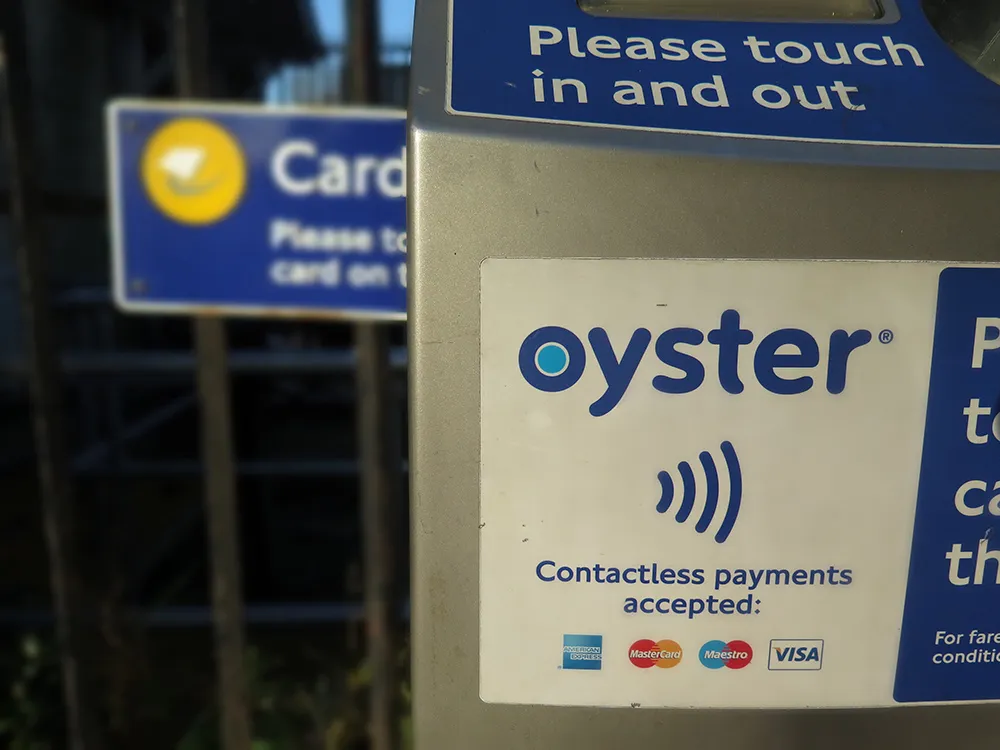UK company TAAP has announced that its signature capture applications will now be available on Windows Phone and iPhone devices as well as other devices with capacitive screens. Many existing devices have an integral stylus so that signatures can be captured, however, newer devices with capacitive screens have proved more difficult for producing an acceptable signature, because of the way they use finger control. Now that more suitable styluses are being released, TAAP is able to offer its existing ‘field s
March 23, 2012
Read time: 2 mins
UK company 4226 TAAP has announced that its signature capture applications will now be available on Windows Phone and iPhone devices as well as other devices with capacitive screens. Many existing devices have an integral stylus so that signatures can be captured, however, newer devices with capacitive screens have proved more difficult for producing an acceptable signature, because of the way they use finger control. Now that more suitable styluses are being released, TAAP is able to offer its existing ‘field service’ applications such as delivery, inspections, data capture, vehicle collection/delivery, repairs & maintenance and so on for the newer devices.
Using signature capture, TAAP’s applications allow organisations to validate transactions they have undertaken. The captured signature is then transposed into an electronic version of the form the operator has filled in on the mobile device, which is viewed within the client’s secure web portal. The electronic document, which can then be printed or emailed to a client, also contains all the other data collected such as text, photographs, and annotations.
Using signature capture, TAAP’s applications allow organisations to validate transactions they have undertaken. The captured signature is then transposed into an electronic version of the form the operator has filled in on the mobile device, which is viewed within the client’s secure web portal. The electronic document, which can then be printed or emailed to a client, also contains all the other data collected such as text, photographs, and annotations.









